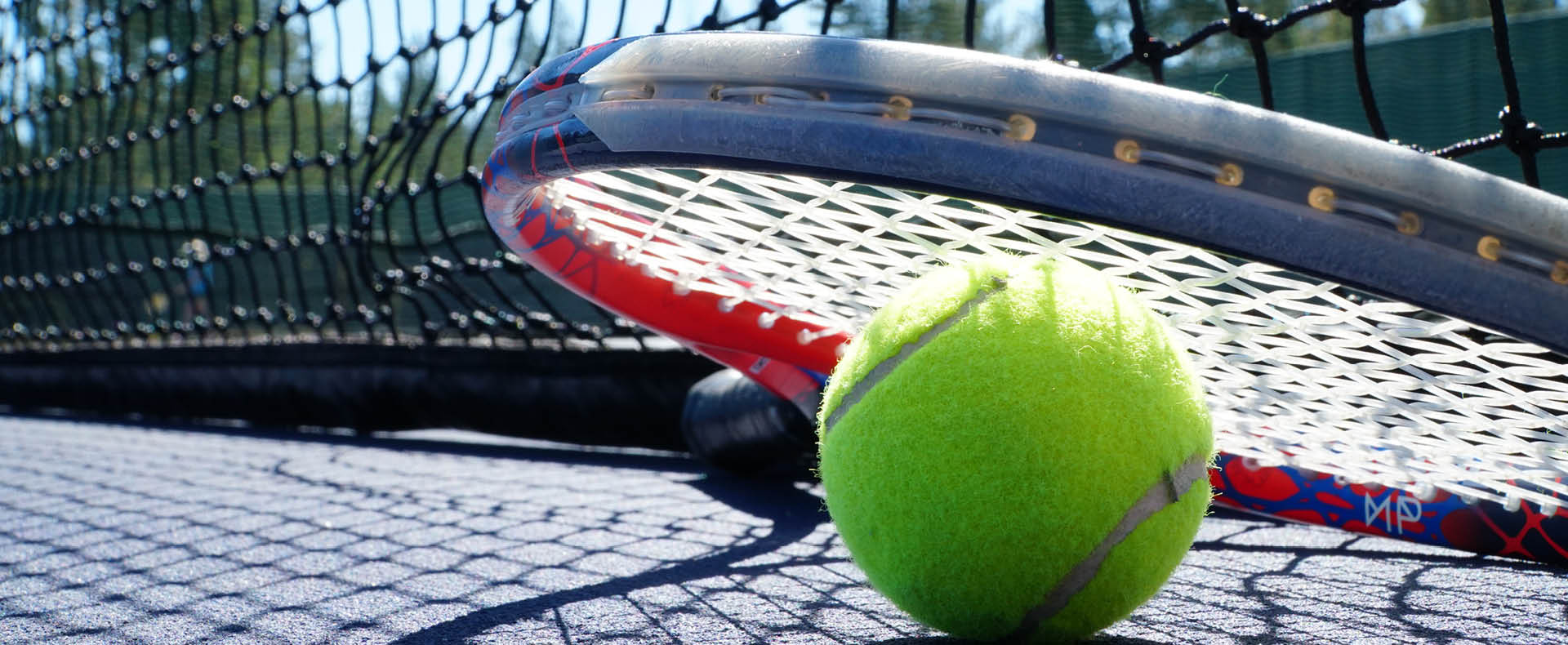
A Beginner’s Guide to Tennis Gear
Blog Featured, TennisSo, you’re ready to give Tennis a try? Congratulations! Tennis is a sport that you can play for the rest of your life. It’s not only good for you physically but also mentally. While it may seem easy enough to pick up any racket and ball and hit the court, there’s much more to know than that. Here’s a quick-reference guide to getting set up with tennis equipment to help you succeed in your beginner’s journey.
Tennis Rackets
For adult beginners, experts recommend choosing a lightweight racket with a larger head size. Expert staff suggest starting with a fairly powerful racket to help you focus on learning the mechanics of the tennis swing without having to swing fast.
A good head size for beginners is anywhere from 107-115 square inches, with a length of 27-28 inches, and a lighter weight of under 11 ounces.
When it comes to grip size, the most important thing is that it feels comfortable in your hand. You should be able to wrap your fingers around the grip without your fingertips touching your palm.
Tennis Balls
If you’ve ever taken a look in the Tennis Pro Shop, you may have been surprised to see just how many different types of tennis balls there are. Larger balls are great for beginners because they are easier to track and less bouncy. You’ll also want to consider the altitude when playing at Tahoe Donner. Specialized high-altitude balls are designed with lower internal pressure to reduce bounce and speed. See the breakdown of ball types below:
Reg Stage (Stage 3)
Size: Approximately 8% larger than standard tennis balls
Best For: Very young beginners, ages 5-8
Purpose: These balls are slowed and bounce lower, giving beginners more time to react and develop their swing.
Orange Stage (Stage 2)
Size: Slightly larger than standard tennis balls
Best For: Younger players, ages 8-10, who have some experience with the game
Purpose: These balls move faster and bounce higher than red balls, but still offer more control than standard balls.
Green Dot Stage (Stage 1)
Size: Similar in size to standard tennis balls but softer.
Best For: Ages 9-10 and older beginners, who are ready for a more challenging ball.
Purpose: Offers a good balance of speed and control for developing players.
Standard Tennis Balls (Type 2)
Size: 6.54 – 6.86 cm in diameter.
Best For: Experienced players or beginners on a full-sized court.
Purpose: These are the standard for competitive play, offering a predictable bounce and speed.
High-Altitude Balls
Size: Same as standard balls, but with lower internal pressure.
Best For: Playing at altitudes above 4,000 feet.
Purpose: Reduces the excessive bounce and speed caused by lower air pressure at higher altitudes.
Pressureless Balls
Size: Standard size, but heavier and doesn’t rely on internal pressure for bounce.
Best For: Practice, as they last longer and offer a consistent bounce.
Purpose: The solid rubber core makes them more durable and offers consistent playability.


